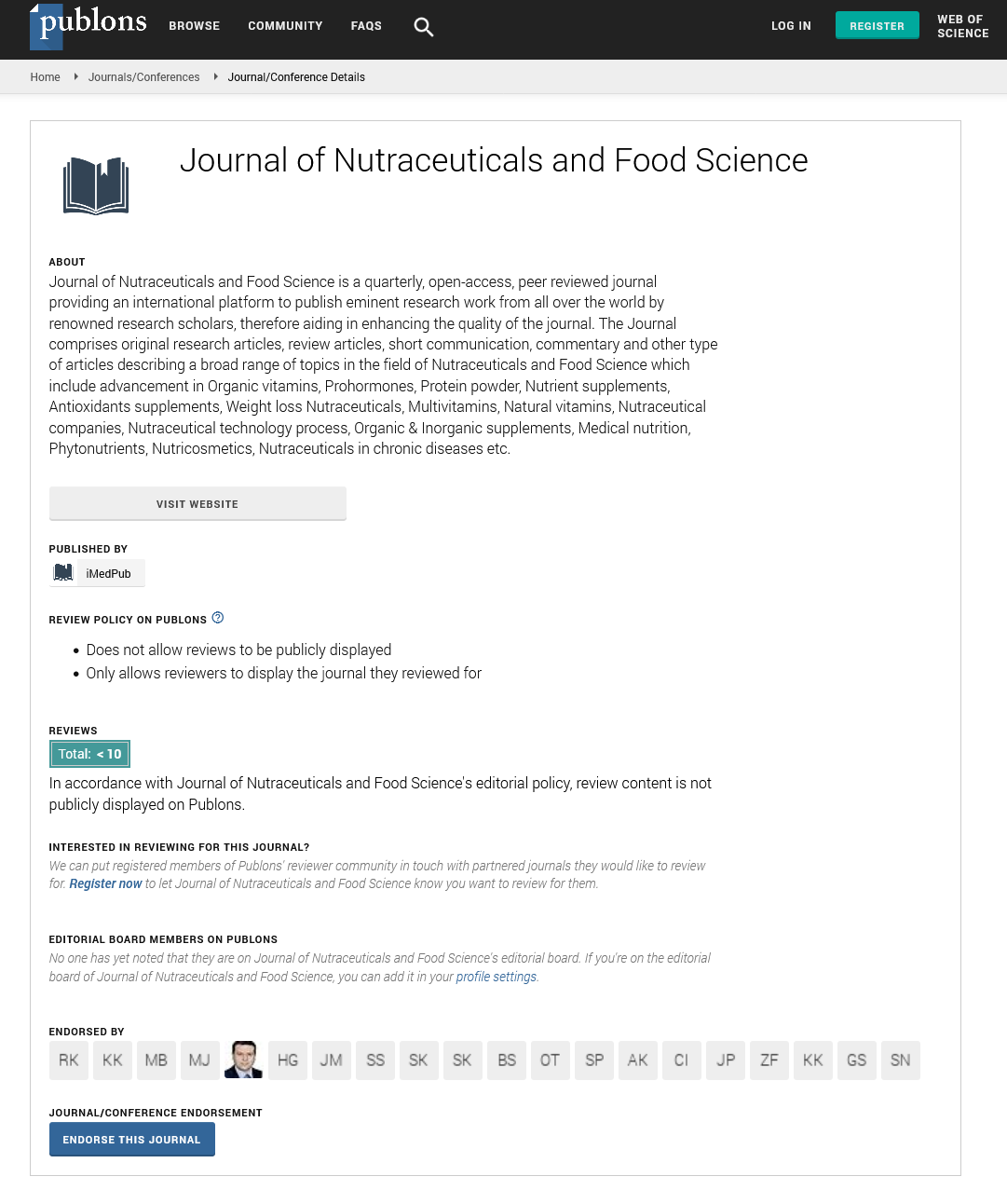Abstract
Cyanide acid (HCN) content in gari produced from five cassava (Manihot esculenta) varieties harvest at various seasons
Cassava is consumed across the world for energy and nutrients. However, cyanogenic compounds in cassava is the main concern for its optimal consumption by human especially the storage roots and edible leaves. While, processing storage roots may reduce their toxicity at the level considered safe. Storage roots of five cassava varieties (EN, AD, TMS92/0326, TMS96/1414 and IRAD4115) were harvested in different seasons at four different ages (12 and 15 months after planting). The study reveals that the time of harvest, age maturity and seasons affect some gari produced. Additionally, the results showed that processing cassava roots into gari reduced significantly the cyanide acid (HCN) content below in the level considered safe as recommended by WHO. The present study demonstrated that variety as well as seasons of storage roots harvest to produce different gari had significant effects on cyanide acid (HCN) content in this final product. Thus, gari can be consumed without hazardous risk of toxicity.
Author(s): Laya Alphonse
Abstract | Full-Text | PDF
Share this

Google scholar citation report
Citations : 393
Journal of Nutraceuticals and Food Science received 393 citations as per google scholar report
Journal of Nutraceuticals and Food Science peer review process verified at publons
Abstracted/Indexed in
- Google Scholar
- Publons
- Secret Search Engine Labs
Open Access Journals
- Aquaculture & Veterinary Science
- Chemistry & Chemical Sciences
- Clinical Sciences
- Engineering
- General Science
- Genetics & Molecular Biology
- Health Care & Nursing
- Immunology & Microbiology
- Materials Science
- Mathematics & Physics
- Medical Sciences
- Neurology & Psychiatry
- Oncology & Cancer Science
- Pharmaceutical Sciences


